We may earn money or products from the companies mentioned in this post. This means if you click on the link and purchase the item, I will receive a small commission at no extra cost to you … you’re just helping re-supply our family’s travel fund.
Crowds gather at the headliners, but the story keeps going a few valleys away. In the shadow of grand UNESCO sites, quieter villages hold the texture of daily life with weekday markets, pocket museums, and kitchens that speak in regional dialects. Stone lanes carry long memory without the crush of buses. The pace is slower, the welcome warmer, and the viewlines wider. What this really means is simple. Base near the icons, then wander sideways and find places built for staying, not just seeing.
Fiesole, Italy Above Florence
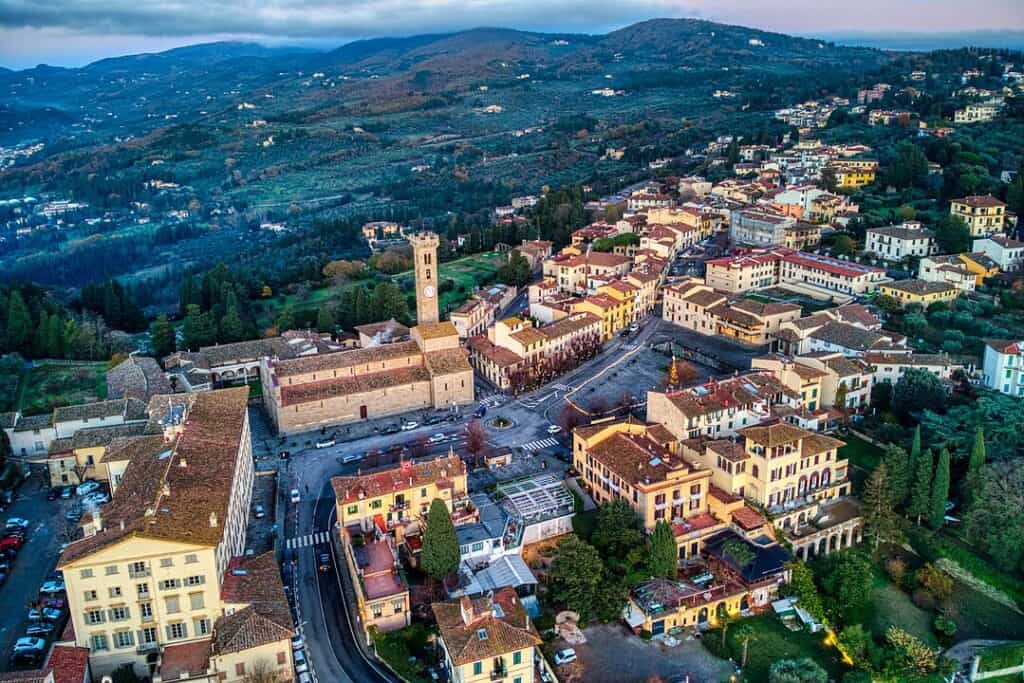
Etruscan walls, a Roman theater, and olive terraces rise just beyond Florence’s historic core. Fiesole trades queues for hillside calm, with sunset terraces overlooking Brunelleschi’s dome and the silver ribbon of the Arno. A small archaeological zone and lived-in piazzas frame everyday Tuscany with students, grandparents, and pastry runs. Frescoes glow in quiet churches while herb-scented trails knit neighborhoods together. The Renaissance feels nearer from here because the skyline becomes a landscape and the city reads like a generous footnote.
Bruniquel, France Near Albi
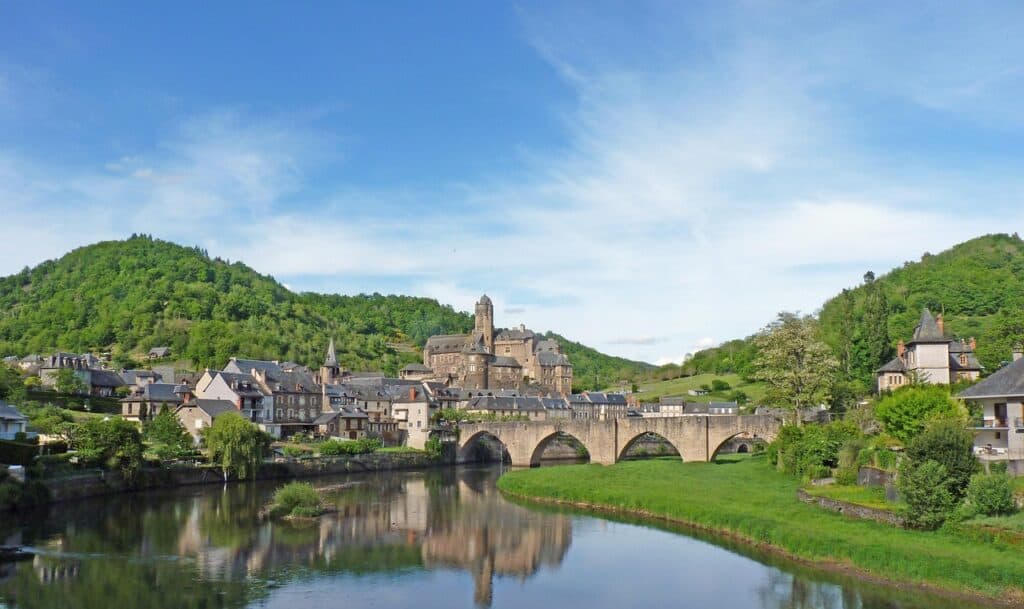
Cliff-perched castles watch a green elbow of the Aveyron while Albi’s brick glow sits an easy drive away. Bruniquel moves at river time with swallows under eaves, walnut cake in a stone cafe, and canoeists sliding below ramparts. Lanes climb to viewpoints that stack farms, forest, and red roofs into a patient panorama. Exhibits nod to prehistory and a beloved film setting, yet the mood stays local. Tarn country appears as neighbors know it, clear in the light and unhurried.
Kaštela, Croatia Between Split and Trogir
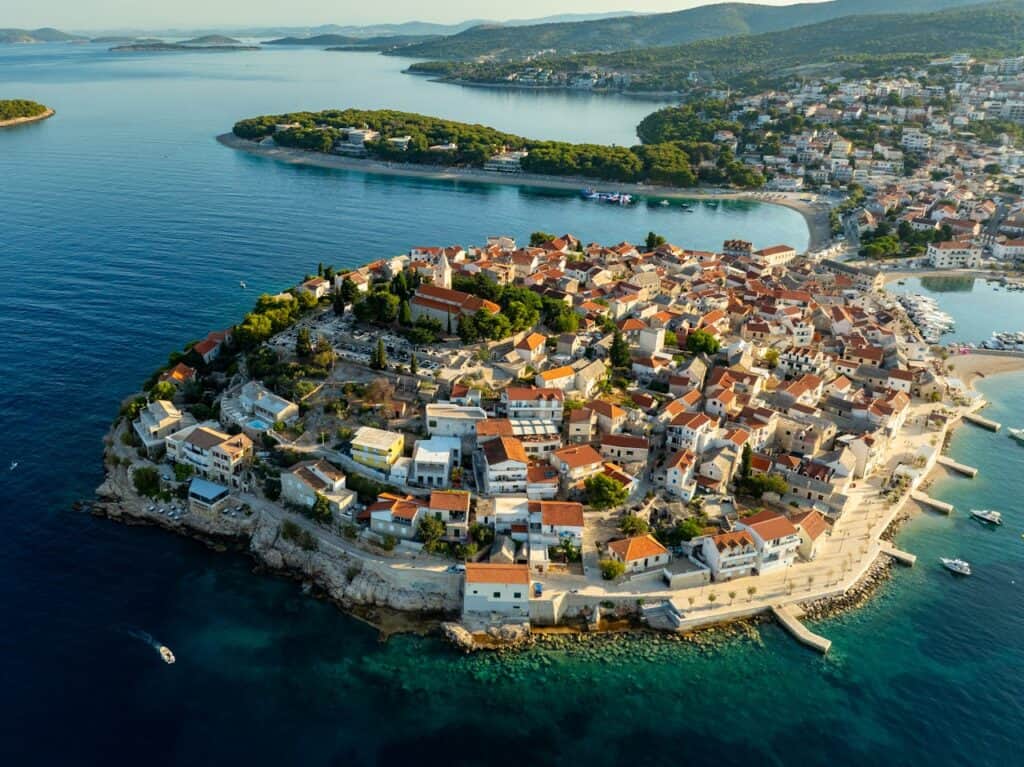
Seven seaside settlements string along a palm-lined bay between UNESCO-listed Split and Trogir. Kaštela shows Dalmatia without the crush with pebble coves, market squares, and stout stone towers. Fishermen mend nets near baroque chapels while grandmothers trade figs and anchovies under striped awnings. Evenings bring promenade strolls, klapa harmonies, and sea breezes that turn small tables into long conversations. The big sites stay close, yet the local rhythm here sets a kinder clock that rewards an unplanned extra day.
Colares, Portugal Below Sintra’s Palaces
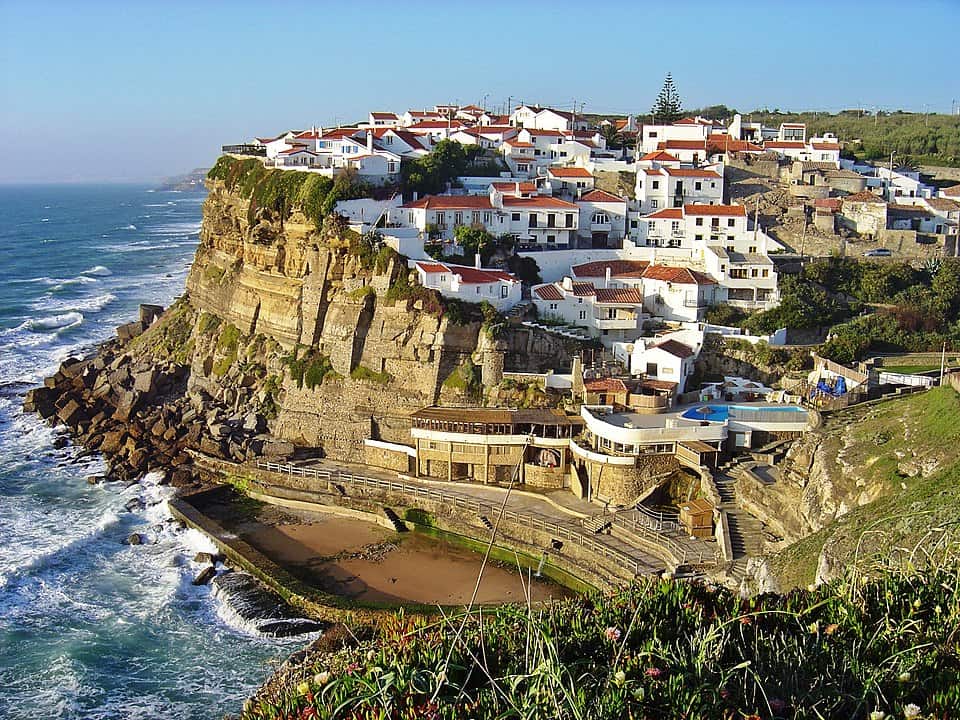
Colares sits under Sintra’s romance with vineyards, Atlantic spray, and tiled houses trimmed in lemon and blue. A vintage tram rattles toward pine ridges while pastry shops pull warm travesseiros and bodegas pour sandy-soil reds with a faint saline finish. The coast’s cliffs, forest paths, and tiny chapels fold into easy day loops. Palaces crown the skyline but the ground truth of the Serra lives here with wind, cork, and a table ready for friends at dusk.
Kastraki, Greece At Meteora’s Feet
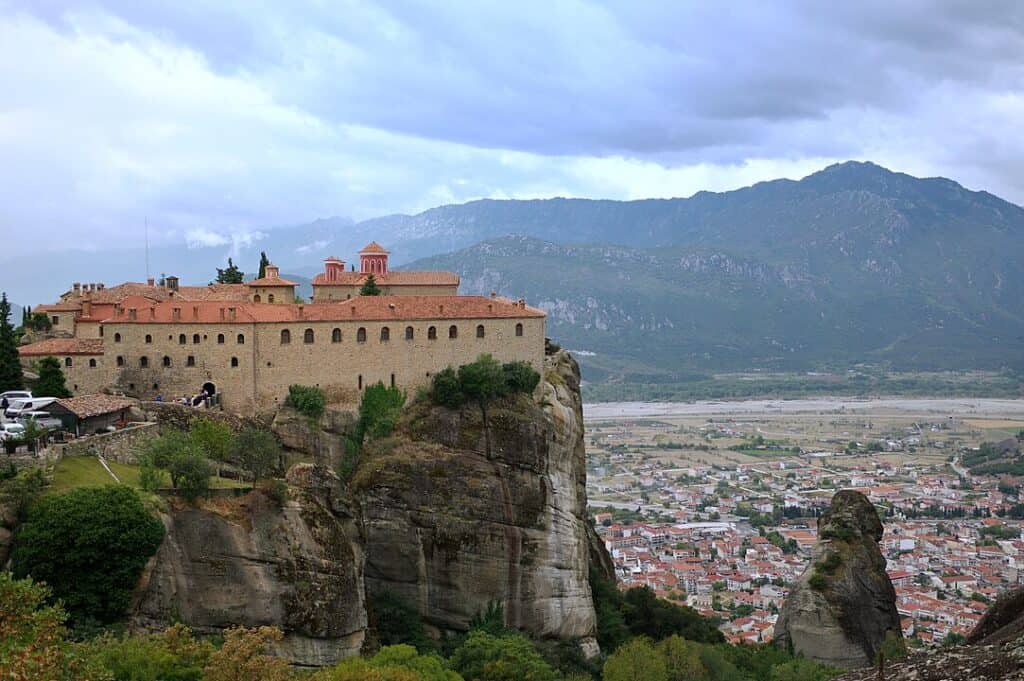
Monasteries crown the pillars, but Kastraki keeps the heartbeat at ground level with stone lanes, vine-shadowed courtyards, and trailheads that slip into pine. Rock faces glow apricot at dusk as climbers trace old routes and bells drift over gardens of tomatoes and basil. Family tavernas plate bean stews, grilled trout, and mountain herbs while elders trade weather notes. The UNESCO awe remains in view, yet the village holds the pause that awe requires and makes room for breath.
Pedraza, Spain Near Segovia
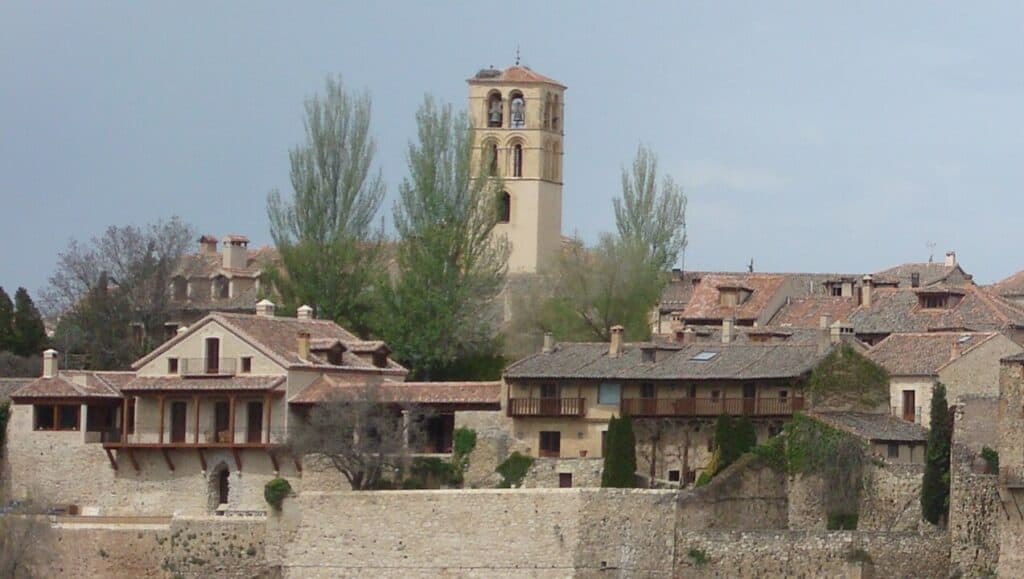
Behind a fortified gate, Pedraza stages Castile with composure in an arcaded plaza and sandstone mansions facing open sheep country. Segovia’s aqueduct and cathedral sit close, yet the village offers candlelit summer concerts, chestnut fires in winter, and roasts that earn long afternoons. Workshops sell leather, ironwork, and honey, tying souvenir to skill. Evening light turns walls the color of warm bread. History feels maintained rather than curated, and that quiet difference deepens the stay.
Chinchero, Peru Above Cusco’s Valley
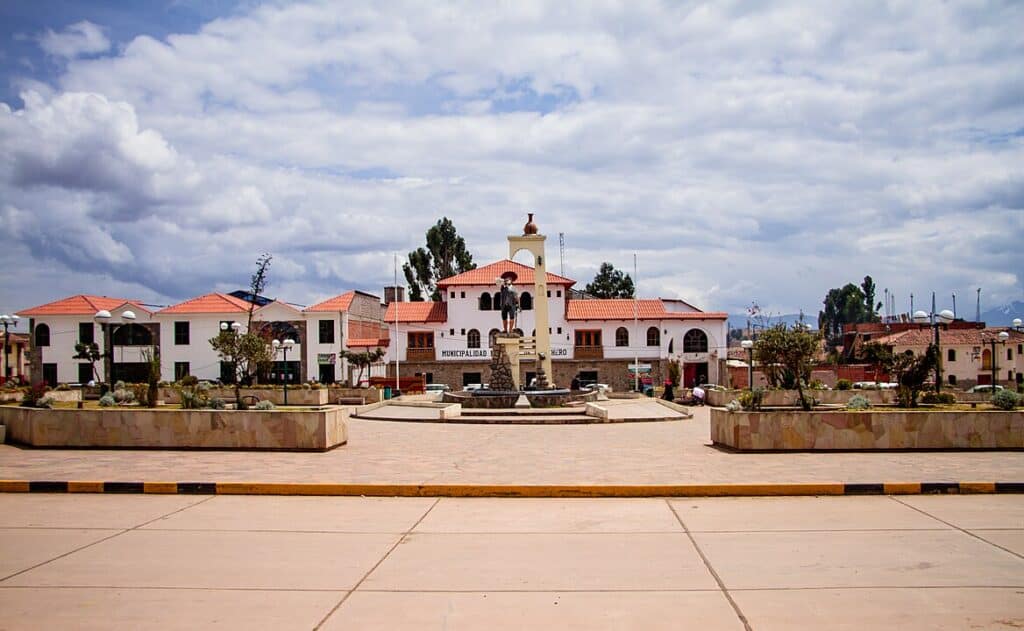
High on terraced slopes above Cusco, Chinchero gathers weavers, potato farmers, and market stalls colored by natural dyes. Workshops explain alpaca fiber, cochineal reds, and motifs that map lakes, stars, and journeys. Inca stone anchors church courtyards while paths wander toward small lakes that mirror a wide sky. The air is thin, clean, and full of daily industry. Sacred Valley gateways sit below, yet this plateau keeps the lineage close with field work and careful threads.
Dana, Jordan Above the Road to Petra
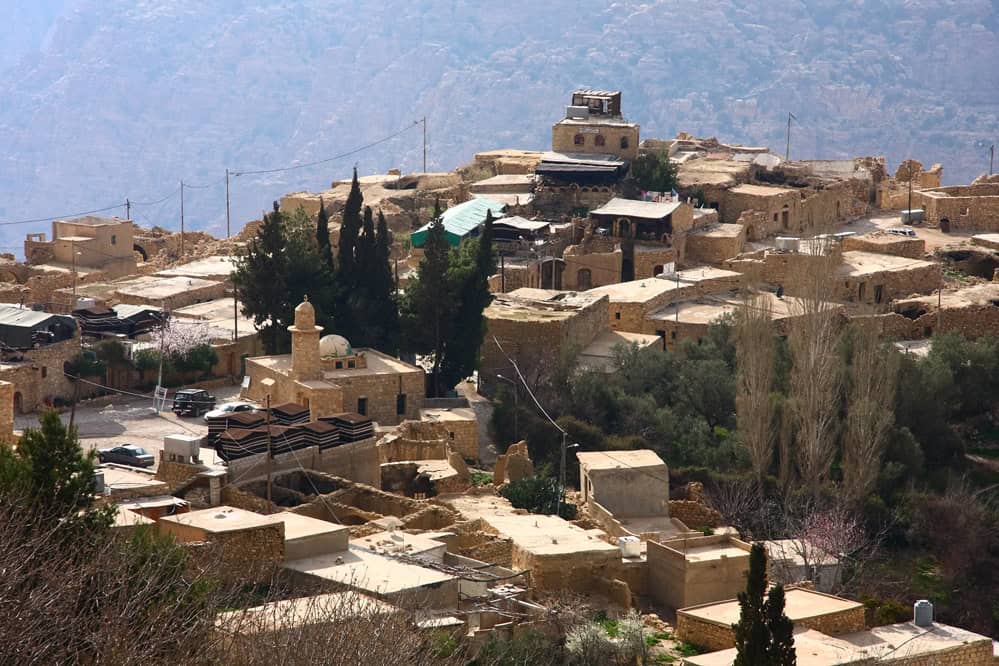
Petra draws the surge, but stone-built Dana clings to a cliff with views that run from juniper hills to copper-tinted desert. Guesthouses host hikers bound for biosphere trails where ibex prints cross thyme and shadow. Artisans shape silver and olive-wood work that revives family trades and funds conservation. Evenings lean toward stewed lentils, sweet tea, and star maps bright enough to name. The past feels continuous here and guides a present that respects water and shade.
Kampong Phluk, Cambodia Near Angkor
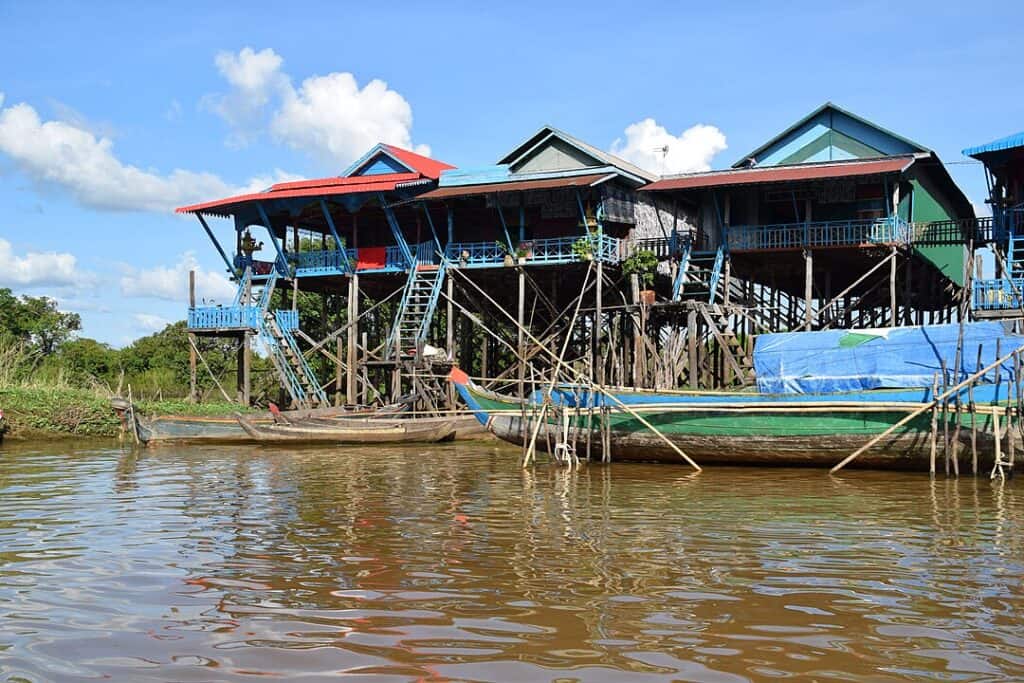
Beyond Angkor’s stones, Kampong Phluk rises on tall stilts along the Tonle Sap. Houses shift with the lake, schools float, and boats replace sidewalks when water climbs. Smoke curls from clay stoves while nets dry like lace against blue. Guides speak of flood cycles, fish migrations, and ceremonies that keep the rhythm steady. The temples stay close in memory, yet the village shows the living hydrology that sustained them and still shapes family calendars.
Other Blog Posts You Might Enjoy
www.idyllicpursuit.com (Article Sourced Website)
#UNESCOAdjacent #Villages #Travelers #Skip #Author #Kathy #Haan
